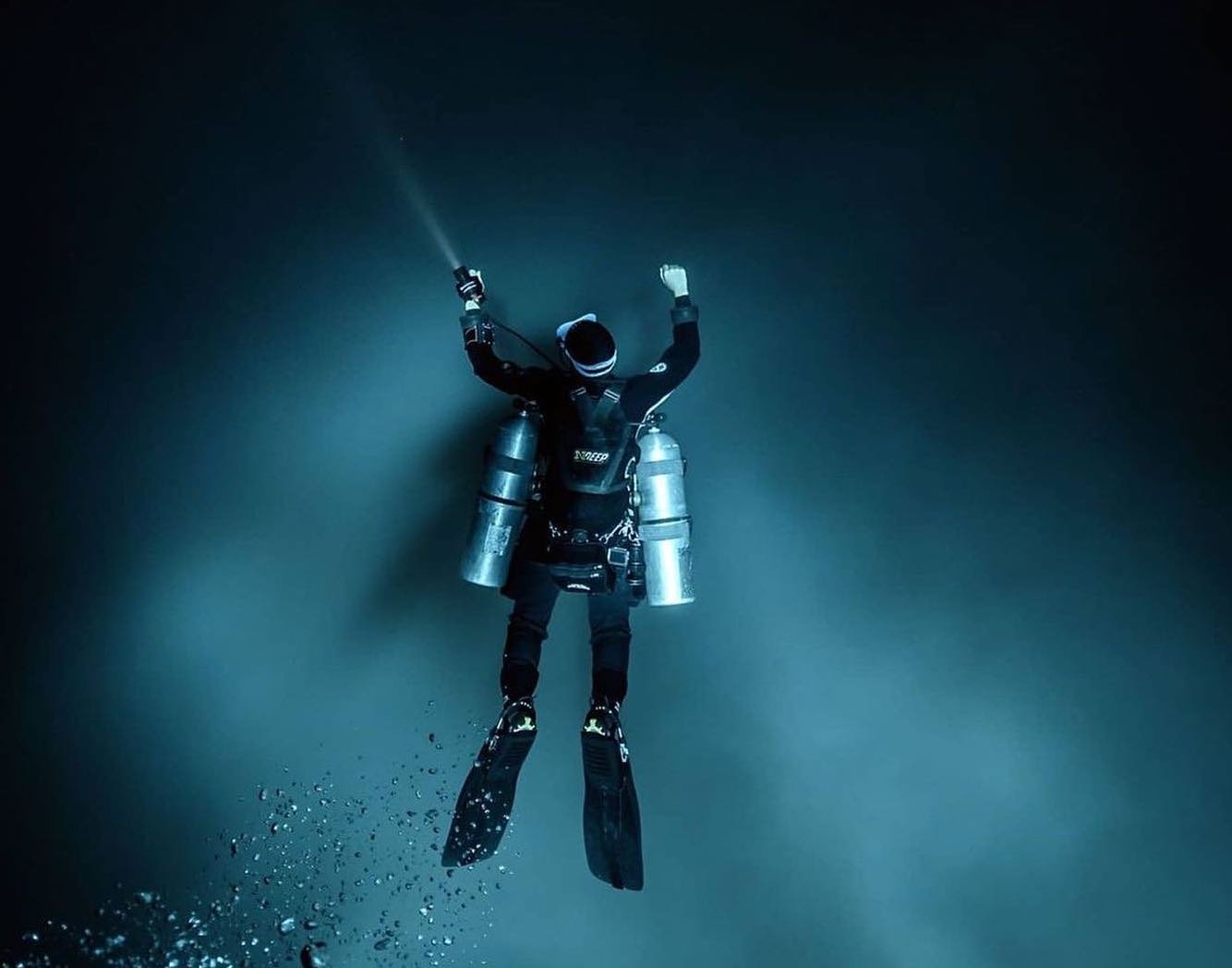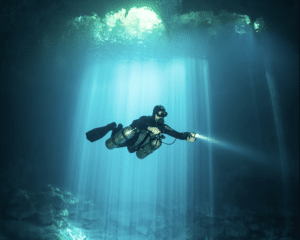One of the first things you learn in dive training is that buoyancy control depends on three key factors: your buoyancy compensator (BC), weights, and lung volume. While most divers are aware of the need for proper weighting, not everyone fully understands how to achieve it.
Both beginners and seasoned divers often make two critical errors: diving while overweighted or failing to adjust their weights when there’s a change in equipment or dive conditions.
The Impact of Overweighting and Underweighting
Incorrect weighting can make neutral buoyancy challenging to achieve. Overweighted divers may not even realize they’re carrying too much weight, but it forces them to add more air to their BC. This can lead to an upright position underwater, creating extra drag and causing the diver to exert more effort and use more air. Similarly, underweighted divers may struggle to stay submerged, leading to fatigue and increased gas consumption, which can also raise decompression stress.
Finding the Right Weight
A common phrase you might hear from divers is, “This is how much weight I always use.” While past experience can provide a good starting point, dive weighting isn’t static. Changes in muscle mass, body fat, physical fitness, and the condition of your gear (like wetsuits that wear out) mean your weighting needs will fluctuate. Dive environments also vary, and proper weighting requires careful consideration and adjustment.
To determine how much weight you need, start with your body weight and consider factors like the exposure suit, the weight of your equipment, and whether you’ll be diving in freshwater or saltwater. A good rule of thumb is to start with 10% of your body weight for a 6mm wetsuit, or 5% for a 3mm wetsuit. However, these percentages are just a baseline.
Other factors, such as whether you’re using a drysuit or aluminum tank, will require adjustments. Diving in saltwater, which is denser than freshwater, increases buoyancy and often requires additional weight to descend. A buoyancy check before each dive is the best way to fine-tune your weighting to ensure a safe, comfortable dive.

Securing Your Weights
Weight belts remain the most common method for carrying dive weights. Whether you use a belt with slide-on weights or one with weight pockets, it’s crucial that your weight system can be quickly ditched in case of an emergency. Some divers use harness systems or integrated weight pockets for added comfort or to improve trim. However, these systems may have multiple release points, so it’s essential to review with your buddy how to remove your weights before each dive.
Achieving the Perfect Trim
Proper weighting isn’t just about how much weight you carry, but where you position it. Maintaining a balanced, horizontal profile in the water helps reduce drag and improve efficiency. Distribute your weights evenly on both sides to avoid feeling lopsided. You can also adjust your tank’s position to help maintain the best body posture. BCs with back inflation can cause a forward pitch, so placing more weight toward the back may help balance you out, especially at the surface.
Consider the buoyancy of your fins, too. Heavier fins may require you to shift your weights higher on your body, while lighter fins may need ankle weights. However, always ensure that any additional weights can be easily ditched if necessary.
Conducting a Buoyancy Check
Performing a buoyancy check is a vital step before any dive. Start in water too deep to stand in and release all the air from your BC. With a normal breath in, you should float at eye level. Exhaling should cause you to sink, and inhaling again should bring you back to eye level. If you’re properly weighted, you should be able to hover at 15 feet with 500 psi in your tank and no air in your BC at the end of the dive.
Conclusion
Getting your weighting right is essential to making the most of every dive. By understanding how factors like body composition, equipment, and dive environment affect your buoyancy, you’ll be better equipped to adjust your weights for safety and comfort. Whether you’re just starting or are an experienced diver, regular buoyancy checks and thoughtful weight management can help you enjoy smoother, more efficient dives.


